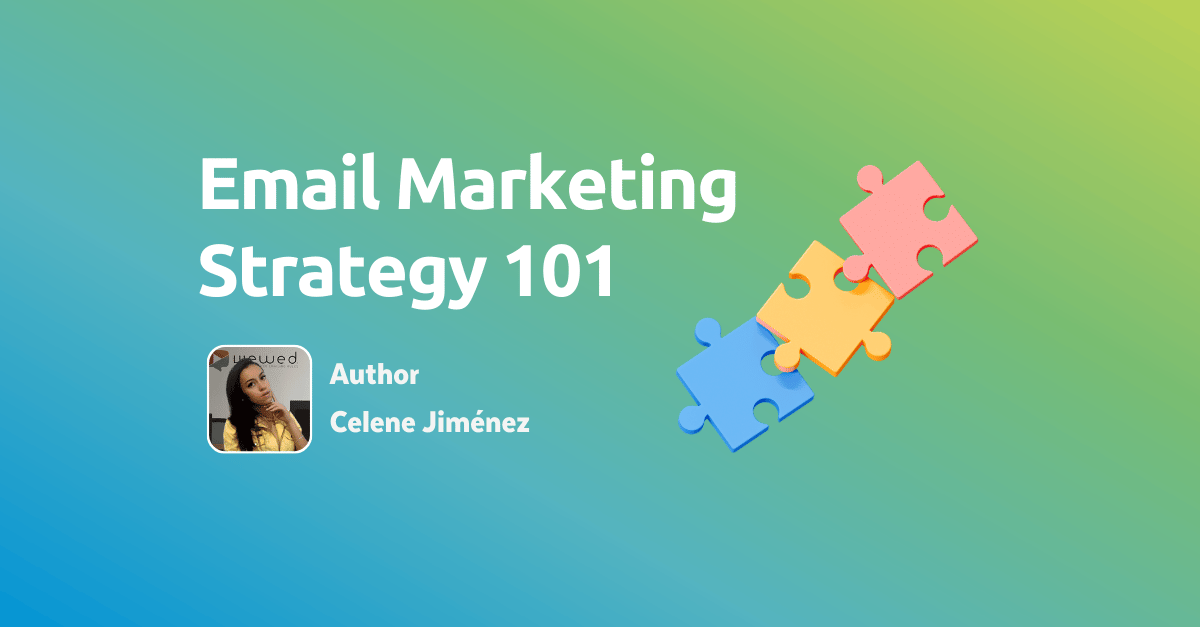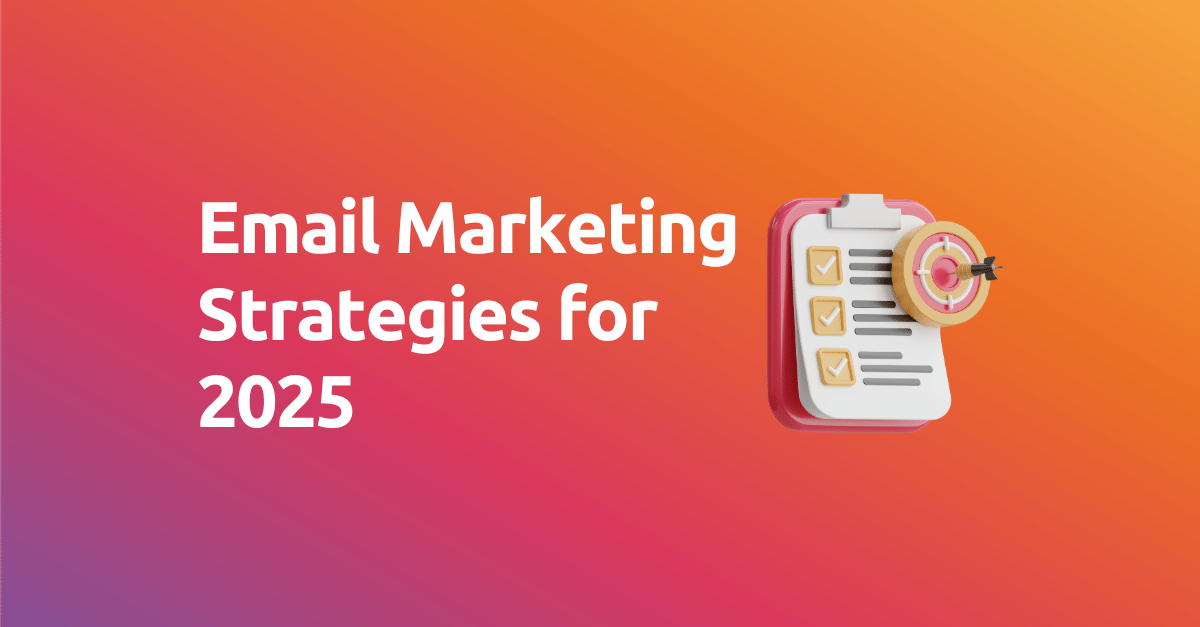In today’s fast-paced digital landscape, marketing teams are under constant pressure to deliver impactful campaigns while maximizing returns on investment (ROI). AI email marketing has emerged as a game-changing solution that enables marketers to achieve these objectives by leveraging advanced technologies to automate processes and enhance personalization. A recent study found that **businesses utilizing AI in their email marketing strategies can experience up to a 14% increase in conversion rates and a 20% increase in open rates, underscoring the potential of AI to transform marketing effectiveness.
This approach not only enhances the efficiency of campaigns but also empowers marketers to make data-driven decisions that resonate with their target audiences. By harnessing AI's capabilities, organizations can create tailored content, optimize send times, and engage customers on a deeper level—ultimately driving better performance and substantial ROI. As email marketing continues to evolve, embracing AI technologies is no longer a luxury but a necessity for businesses looking to stay competitive in a rapidly changing environment.
What is AI Email Marketing?
AI Email Marketing refers to the use of artificial intelligence technologies to optimize and automate various aspects of email marketing campaigns. This can include everything from crafting personalized subject lines to analyzing customer behavior and predicting future actions. AI-driven tools help marketers streamline their workflows, improve audience segmentation, and make data-driven decisions, all of which lead to more effective email marketing strategies.
In AI email marketing, machine learning algorithms process large amounts of data in real-time to make informed decisions about what type of content, subject lines, send times, and segmentation strategies will produce the best results. This allows businesses to send highly personalized emails at scale, significantly improving engagement and conversions.
According to a study by McKinsey, companies that leverage AI for their marketing efforts can achieve a 10-20% increase in sales and reduce marketing costs by up to 30%. Furthermore, research from Salesforce indicates that 51% of marketing leaders believe AI is the most important part of their data strategy. As businesses continue to harness AI's capabilities, they can expect not only enhanced efficiency and engagement but also a more significant impact on overall marketing performance.
Evolution from Traditional Campaigns to AI-Powered Automation
Email marketing has evolved significantly over the years. Initially, campaigns were largely manual, requiring marketers to segment their audiences, craft messages, and send them individually. This approach, while effective, was time-consuming and often resulted in missed opportunities for engagement.
With the advent of automation tools, email marketing began to shift towards more efficient practices. However, traditional automation still relied on predefined rules and static content, which limited personalization and responsiveness to individual customer behaviors.
Today, AI-powered automation marks a significant leap forward. By analyzing vast amounts of data in real time, AI can identify patterns and trends, allowing for dynamic segmentation and tailored messaging that resonates with individual recipients. This transition from traditional to AI-driven methods not only enhances the relevance of communications but also drives better overall performance of email campaigns.
How AI Optimizes ROI in Email Marketing
Smart Segmentation
One of the foundational elements of successful email marketing is effective audience segmentation. Traditional segmentation often relies on basic demographics or broad categories, which can result in messages that fail to resonate with individual recipients. In contrast, AI-powered smart segmentation takes audience analysis to the next level by employing machine learning algorithms to examine customer behavior and preferences.
-
Behavioral Analysis: AI analyzes user interactions across various touchpoints, such as website visits, email opens, clicks, and purchase history. By understanding these behaviors, AI can create more refined segments that reflect real-time user interests and motivations. For instance, customers who frequently browse specific product categories can be grouped together for targeted promotions, while those who have abandoned carts might receive reminders or incentives to complete their purchases.
-
Dynamic Segmentation: Unlike static segmentation, AI enables dynamic segmentation, where customer groups can be updated automatically as new data is collected. This means that as a customer's behavior changes, they can be moved in and out of segments without manual intervention, ensuring that the messaging they receive is always relevant.
By leveraging smart segmentation and behavioral analysis, businesses can significantly enhance engagement rates, leading to improved ROI.
Captivate your audience with AI-generated video content
You no longer need a production crew or technical skills to create stunning videos. Generative AI puts the power of visual storytelling right at your fingertips—and the best part? You can bring that power directly into your email marketing strategy.
Picture this: you upload a couple of product images, pick a visual style that aligns with your brand, and within seconds, you’ve got a professional-looking video ready to grab your subscribers' attention. It’s that simple.
With AI, static ideas turn into immersive, visual experiences that spark emotion and engagement. So why settle for a plain image or a basic GIF when you can show your offer in motion?
Here’s a little pro tip: AI-generated videos aren’t just fast to produce—they’re also incredibly versatile. Repurpose them across social media, landing pages, and newsletters without losing consistency or visual impact.
What used to be expensive and time-consuming is now accessible, scalable, and personalized. Because when your content is visual, dynamic, and relevant, it doesn’t just get noticed—it gets remembered.
AI-Driven Personalized Content Automation
Creating Personalized Content for Email Based on Real-Time User Data
Personalization in email marketing has evolved beyond simply addressing recipients by their names. With the advent of AI, marketers can now create highly tailored content that resonates with individual preferences and behaviors. AI analyzes real-time user data—such as past purchases, browsing history, and engagement metrics—to deliver relevant content directly to recipients' inboxes.
-
Personalized Videos in Emails: One exciting advancement in personalized content is the integration of videos tailored to individual users. Imagine receiving an email with a video that addresses you directly, showcasing products you’ve shown interest in or offering tips specifically tailored to your needs. This approach enhances engagement significantly, as videos can convey messages more dynamically and effectively than static content. By leveraging AI to analyze user data, marketers can create customized video messages that feel personal and relevant, fostering a deeper connection with the audience.
-
Dynamic Content Blocks: AI also enables the creation of dynamic content blocks within emails. These blocks can change based on the recipient’s data at the time of opening the email. For example, if a customer browses a specific product category, the email can feature promotions or new arrivals from that category, increasing the likelihood of engagement and conversion.
By utilizing real-time user data, AI empowers marketers to craft personalized email experiences that resonate with recipients, making them feel valued and understood.
AI Models Predicting Preferences and Anticipating Needs
AI models have the capacity to go beyond merely analyzing past behaviors; they can also predict future preferences and anticipate needs. This proactive approach to personalization can lead to a more satisfying customer experience.
-
Behavioral Prediction: Using machine learning algorithms, AI can identify patterns in user behavior to forecast what products or content a customer is likely to be interested in next. For example, if a customer frequently purchases fitness equipment, the AI can predict that they may soon be interested in workout apparel or nutrition supplements, allowing marketers to tailor their email campaigns accordingly.
-
Anticipatory Marketing: By leveraging predictive analytics, marketers can engage in anticipatory marketing, where they send timely offers before a customer even realizes they need a product. For instance, if a subscriber regularly purchases seasonal items, AI can trigger an email campaign to remind them of upcoming seasonal sales, thereby positioning the brand as a helpful resource.
This level of foresight not only improves the relevance of email communications but also increases the likelihood of conversions, enhancing overall ROI.
Improving Open and Conversion Rates with AI
Open rates and conversion rates are critical metrics that directly impact the ROI of email marketing campaigns. AI contributes to improvements in both areas through various strategies:
-
Subject Line Optimization: AI tools can analyze past campaign data to determine which subject lines have been most effective for specific audience segments. By testing different subject lines and learning from the results, marketers can craft messages that are more likely to catch the attention of recipients, leading to higher open rates.
-
Predictive Analytics: AI can forecast which users are most likely to convert based on historical data and behavioral patterns. By targeting these high-potential customers with tailored offers or content, businesses can optimize their marketing efforts and increase the likelihood of conversions.
Through these strategies, AI enhances not only the chances of emails being opened but also the likelihood that recipients will take the desired action, significantly boosting ROI.
Using Algorithms to Optimize Timing and Frequency of Emails
Timing and frequency are crucial components of any successful email marketing strategy. Sending emails at the right time and in the right quantity can make a substantial difference in engagement and conversions. AI algorithms play a vital role in optimizing both:
-
Optimal Send Times: AI can analyze when individual recipients are most likely to engage with emails by examining their past interactions. By identifying patterns in open rates at different times of the day or days of the week, marketers can schedule emails to be sent at the optimal moment for each user. This targeted timing increases the chances that recipients will see and engage with the email.
-
Frequency Optimization: Striking the right balance in email frequency is essential to avoid overwhelming subscribers while ensuring consistent engagement. AI algorithms can determine the ideal frequency for different segments of an audience by analyzing engagement data. This allows marketers to send emails frequently enough to maintain interest without risking subscriber fatigue.
-
A/B Testing Automation: AI can automate A/B testing of different timing and frequency strategies, allowing marketers to quickly gather insights and adapt their campaigns based on what works best. This continuous learning process ensures that email campaigns evolve to meet the changing preferences of recipients.
By employing AI to optimize timing and frequency, businesses can enhance engagement rates, reduce unsubscribe rates, and ultimately drive higher ROI from their email marketing efforts.






.png)